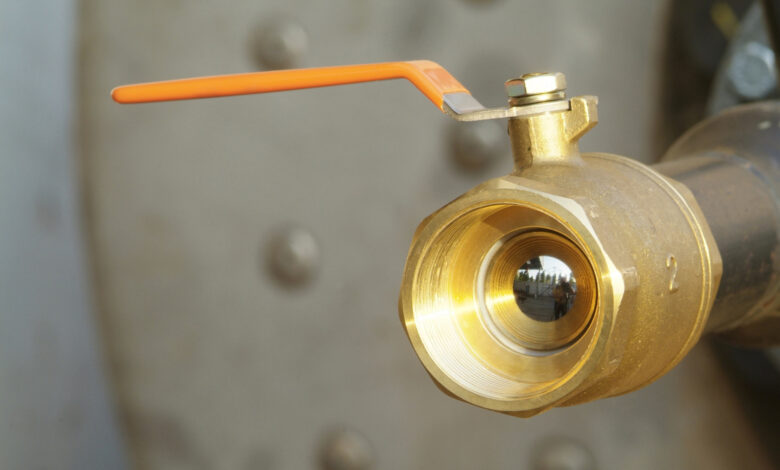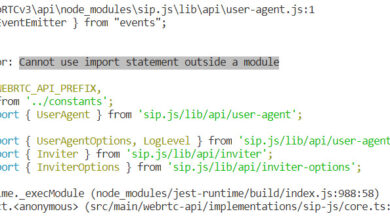How Do Valves Work? Types and Standards

About half of all malfunctions and failures in industrial systems are due to poorly performing valves. Understanding how valves work is an integral part of training for any engineer or operator in the industrial field. The basic concept of a valve is that it allows us to control the flow of liquids and gases.
Different types of valves and standards are associated with matters more complicated. They also abide by specific standards, so it is vital to learn the best ones for your equipment.
Read on to explore how do valves work and the types and standards of both simple and engineering valves.
How Do Valves Work?
Valves are mechanical devices that regulate, direct or control the flow of liquids, gases, or slurries by opening, closing, or obstructing passageways. Valves are critical components in many industrial and commercial operations, such as heating valves.
Valve Types and Uses
There are many types of valves, each with a specific purpose. The most common valves are ball, butterfly, check, globe, and gate valves.
Ball valves are one of the most common types of valves. They are easy to operate and maintain and compatible with both on/off and flow control applications.
Ball valves work by using a ball to control the flow of fluid. The ball is typically connected to a handle, which opens and closes the valve.
Gate valves are another common type of valve. Like ball valves, they are easy to operate and can be used for on/off and flow control applications.
Gate valves work by using a gate to control the flow of fluid. The gate uses a handwheel, which you can turn to open and close the valve.
Butterfly valves are for high-pressure applications and are often used in the food and beverage industry. Check valves prevent backflow and are often used in HVAC systems. Globe valves regulate flow and are often used in the oil and gas industry.
What Are the Standards for Valves?
Valves must meet specific criteria to be considered compliant with a standard. This usually includes size, shape, material, pressure rating, and connections.
There are many standards for valves, but some of the most common are the American Society of Mechanical Engineers (ASME) standards. These standards cover everything from the design and manufacture of valves to testing and quality control.
Valve manufacturers must meet strict requirements to use the ASME logo on their products. Other standards include the International Organization for Standardization (ISO) and the American Petroleum Institute (API).
Choosing the Right Materials
Valve materials depend on compatibility with the fluid handled, the operating conditions, and the type of valve. Common valve materials include cast iron, brass, bronze, carbon steel, stainless steel, and alloy steel. For example, brass is commonly used for representing water valves, while stainless steel is for acid lines.
In using valves, know that it is crucial to have proper lubrication to maintain their good condition. Industrial valves need the proper valve lubricants to withstand damage from exposure to a lot of pressure.
Learn Different Valve Specifications and Types to Maximize Your Equipment’s Functions
Knowing how do valves work can improve your equipment’s functionality to its peak. Many types of valves serve different purposes, but they all work by controlling the flow of fluids.
You can find valves in various industries, which must meet different standards depending on their application. Selecting the right valve for a particular application is critical to ensure that the system operates as intended.
Has this article helped you out? Please check out the rest of our blog for more exciting topics!





